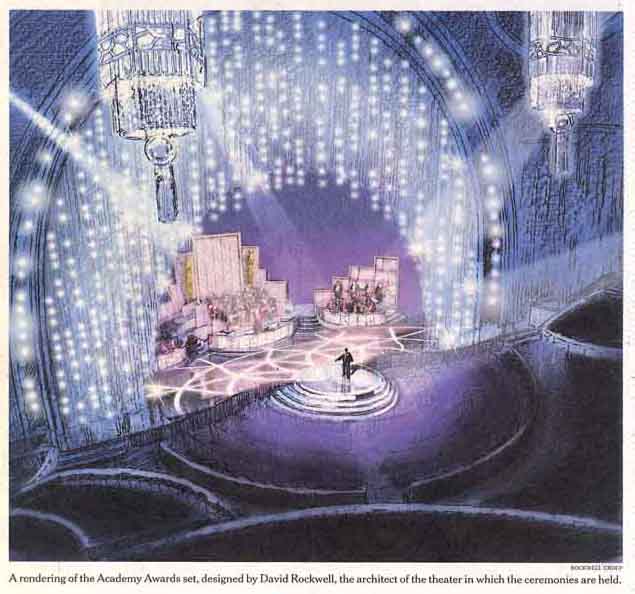I get a lot of calls from architects, developers, fund raisers and building owners looking for an alternative to 3D digital rendering. Not that 3D digital rendering is a bad thing. It isn't. Let's be honest. It's frikkin' gorgeous... and versatile...and powerful in ways that architectural rendering by hand can never be.

But 3D digital rendering done well requires a lot of design decisions and information--more than most architects have the time to produce during concept design. And some would say 3D digital rendering lacks the warmth and ambiguity of traditional architectural rendering. What you see is what you get--no more, no less, and God protect the architect from her literal client if the design should change, or not look exactly like the rendering in the end.
Don't get me wrong. I use digital technology to build accurate models set up views, and study the composition of views. (Heck, I'll even give you the model afterward.) It's just that, for some designs and in some situations, architectural rendering by hand outperforms digital. Architectural rendering by hand communicates to the lizard brain. It differentiates your office from every other 2-person or 200-person office using generic digital imaging. It maintains your design options with its inherent ambiguity, and it makes developers, bankers and donors part with their money and feel good as they're doing it. It's not right in every situation, but when you lack time and want to keep things fluid for a certain type of overly-literal client. it's hard to beat.
(Author James Akers is a registered architect and illustrator with over 25 years experience. He provides both in-house and studio-based sketching, rendering, and what one might call "design stenography" services to many of NYC's and Boston’s leading architects.)